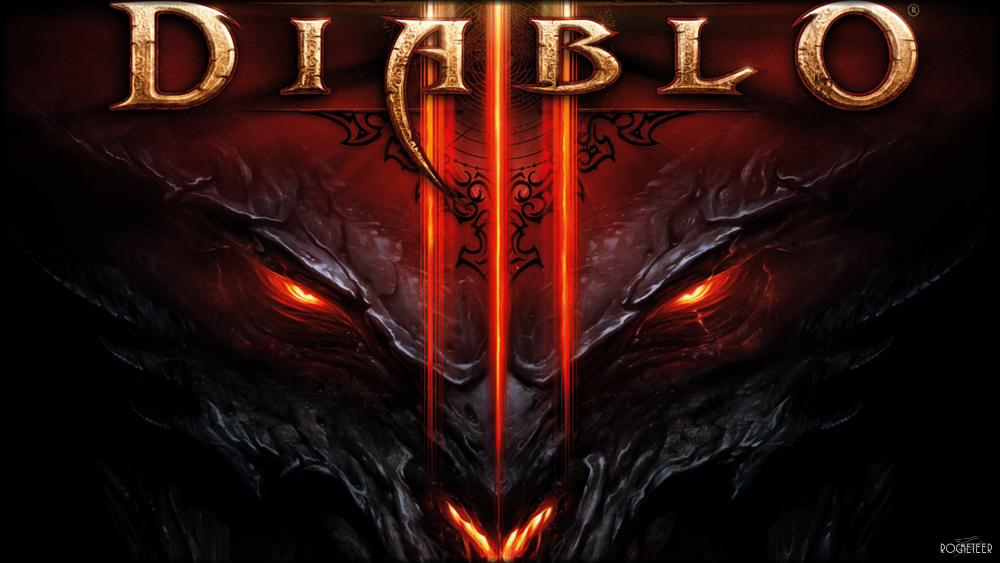Learning in Diablo III
 Just to be clear, I am not saying that Diablo III should be played in elementary schools; however this post features children who plays this game at home with the direct supervision of their parents.
Just to be clear, I am not saying that Diablo III should be played in elementary schools; however this post features children who plays this game at home with the direct supervision of their parents.
A little background:
Diablo III is an RPG (role playing game) where your character and group members (if you choose to play cooperatively) defend a fantasy world, and it’s heaven, from demons. It is available on Xbox, PS3 and PC. It is rated M for mature based on the violence and blood. That being said, I don’t find it nearly as bloody as many games out there. The storyline can be a bit intense, but you can skip cutscenes and most of the dialogue. My friends and I have been playing Diablo III since its’ release and usually skip it all. Recently my friends daughters (13 and 10) started playing with their parents on their Xbox One. I too have played with the girls, and they are pretty good.
Family Game Time:
The youngest daughter just turned 6, and until this point played spatial awareness, sorting, colouring and other edutainment games. She played mostly on tablets and phones, but also enjoys web based games on sites like Nick jr. She absolutely loves watching her parents and siblings play games including Minecraft and Diablo, on a variety of different platforms. However, she has now decided that she wants to join her family in playing her first ‘serious’ game. Now at this point I should note that this child has a very good understanding of the difference between reality and fiction, and has a VERY strong opinion about what is appropriate and inappropriate. I believe she equates the action in this game (Diablo) to the action she watches in her Spiderman and Avengers cartoons. She has not emulated actions from the game in real life play. I also think it is important to note that this is one of the first cooperative video games she has played, since most of the games she usually plays are single player.
I had the opportunity to play Diablo with her and her parents on Sunday. We had a blast.
Skills Check:
What I really noticed, while playing with my friends’ 6 year old, were the different skills she was using independently, and with some support. She compared numbers saying which were greater or lesser, when checking what our characters levels were. She also was able to follow direction from her father with accuracy when navigating the screen eg: upper left, lower right corner. She could recognize and state the names of numbers greater than 20 and was beginning to recognize how to read a map, relating where she was, to where she wanted to be. She has also begun to recognise important symbols in the game relating to the value of materials, and usefulness of items to her character. Her parents helped her when choosing the different skills she could use with her character, leaving it up to her to make the final decision and engaged her in conversation about what goals we were trying to meet and giving her feedback while we played.
These skills, along with others, are important when playing many games, and she was motivated to learn them because playing with her family is important to her, and very enjoyable. These are also skills she can use directly in school. (Her mother also commented that the use of the controller was helping her daughter with her fine motor skills.)
I am not saying Diablo is a game we should be using in Elementary classes, but it is amazing to see what can be learned outside of the classroom by playing regular off the shelf games. I also think one of the important factors here was that she was playing with her parents and having meaningful conversations about what she was thinking and doing while playing and after.
It was fascinating to see for myself some of what James Paul Gee wrote about in his book What Video Games Have to Teach Us About Learning and Literacy.
Leave a Reply